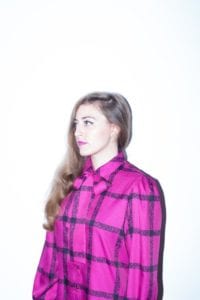
Cat Lachowskyj is a freelance writer, editor and researcher based in London. Prior to pursuing a career in writing, she trained as an archivist in Toronto, developing research on colonial photography albums at the Archive of Modern Conflict. She has completed residencies and fellowships at the Art Gallery of Ontario, the Ryerson Image Centre and the Rijksmuseum, and her current research interests involve psychoanalytical approaches to photography and archives. Cat’s writing has appeared in many publications including Unseen Magazine, The British Journal of Photography, Foam Magazine and American Suburb X, and she has held editing roles at both Unseen Magazine and LensCulture.